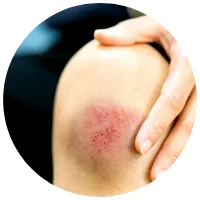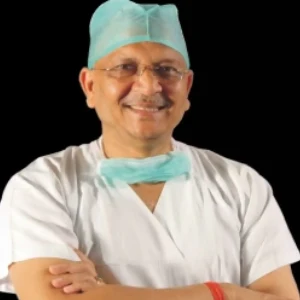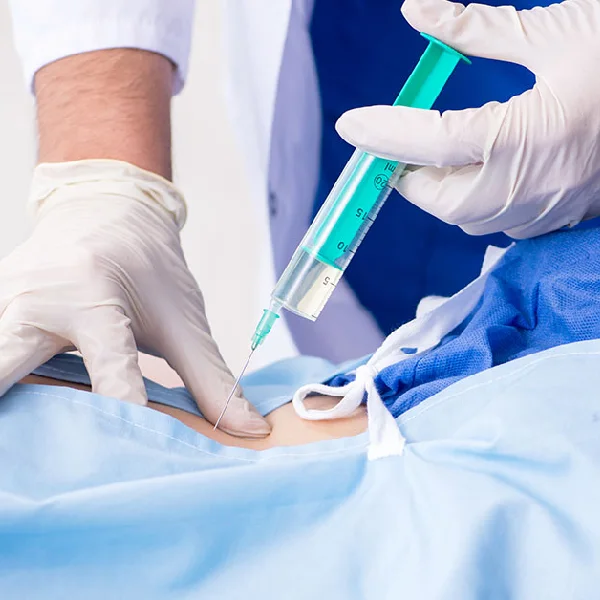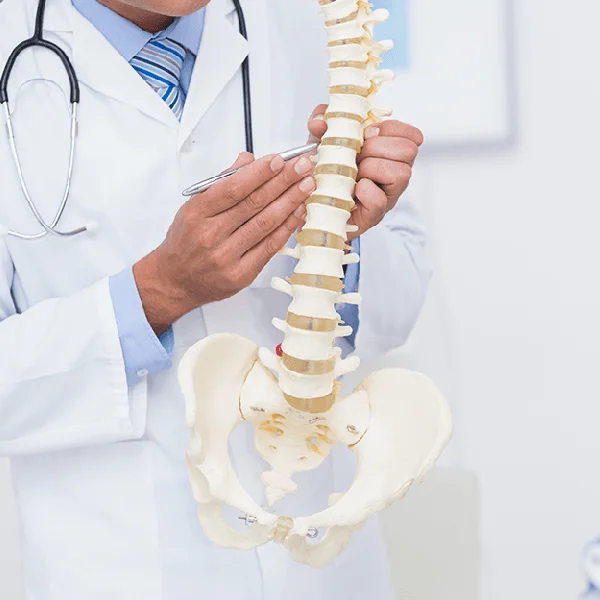
What they are and what they do
Stem cells offer great promise for new medical treatments. Learn about stem cell types, current and possible uses, and the state of research and practice.
You've heard about stem cells in the news, and perhaps you've wondered if they might help you or a loved one with a serious disease. You may wonder what stem cells are, how they're being used to treat disease and injury, and why they're the subject of such vigorous debate.
Stem cells are the body's raw materials — cells from which all other cells with specialized functions are generated. Under the right conditions in the body or a laboratory, stem cells divide to form more cells called daughter cells.
Make an Appointment










